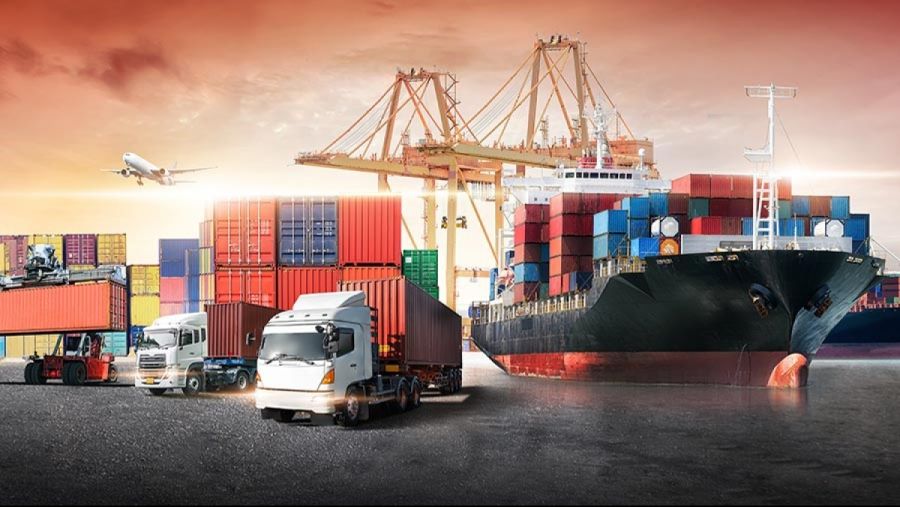
Mongolia’s main exported goods
Mongolia, a landlocked country in Central Asia, is heavily reliant on its natural resources and primary sector industries for exports. These goods are critical to its economy, providing the bulk of foreign exchange earnings. Below is an overview of Mongolia’s main exported goods:
1. Minerals and Mining Products
Mongolia is richly endowed with mineral resources, making mining the backbone of its export sector. The country is one of the world’s leading producers of copper, coal, and gold.
Copper Concentrate: Copper accounts for the largest share of Mongolia’s exports. The Oyu Tolgoi mine, a joint venture between the Mongolian government and international mining firms, is a significant contributor to copper production.
Coal: Thermal and coking coal are major exports, primarily to China. Coking coal is especially critical for steel production, making it a high-demand product.
Gold: Gold mining is another crucial industry. With substantial reserves, Mongolia exports gold primarily to markets like Switzerland and China.
Rare Earth Elements: Although less developed than other mining sectors, rare earth elements like molybdenum and tungsten are emerging export goods.
2. Animal Products
Agriculture is another vital sector in Mongolia, particularly livestock farming, given the country’s nomadic traditions. Animal products account for a significant portion of non-mineral exports.
Cashmere Wool: Mongolia is the second-largest producer of cashmere in the world, following China. High-quality cashmere is exported to luxury markets in Europe, the United States, and East Asia.
Leather and Hides: Processed leather and raw hides from sheep, goats, and cattle are exported to countries such as China and Italy for use in fashion and textiles.
Meat Products: Though less prominent than cashmere, Mongolia also exports mutton, goat, and horse meat to regional markets.
3. Crude Oil
Mongolia has modest oil reserves, and crude oil is an important export product. Most of the crude oil extracted in Mongolia is exported to China for refining. This sector has been growing steadily, although the industry remains sensitive to global oil prices.
4. Coal and Energy
In addition to raw coal, Mongolia is exploring opportunities to export electricity and energy resources. With vast reserves of coal and potential for renewable energy development, the country has the potential to become a regional energy supplier.
5. Fluorspar
Mongolia is a leading global producer of fluorspar, a mineral used in the manufacture of steel, aluminum, and chemicals. The country exports both acid-grade and metallurgical-grade fluorspar, mainly to China and Russia.
6. Other Commodities
Other exported goods include:
Construction Materials: Cement, gypsum, and other building materials are exported on a smaller scale.
Non-traditional Exports: Emerging industries include textiles beyond cashmere, organic agricultural products, and handicrafts.
Key Export Markets
China is Mongolia’s largest trading partner, accounting for over 80% of its exports. Other significant markets include Switzerland, Russia, and European countries for specific products like gold and cashmere.
Challenges and Opportunities
Mongolia’s heavy reliance on raw materials makes its economy vulnerable to global commodity price fluctuations. However, ongoing efforts to diversify exports, modernize production processes, and explore renewable energy potential offer promising avenues for economic growth.
In conclusion, Mongolia’s export economy is dominated by its mining sector, followed by animal products like cashmere and leather. Efforts to expand into value-added processing and diversify markets will be crucial for ensuring sustainable economic growth.



Leave a Reply